RF, Microwave, Wireless, EMC and IoT Training Courses
SDR- Software Defined Radio

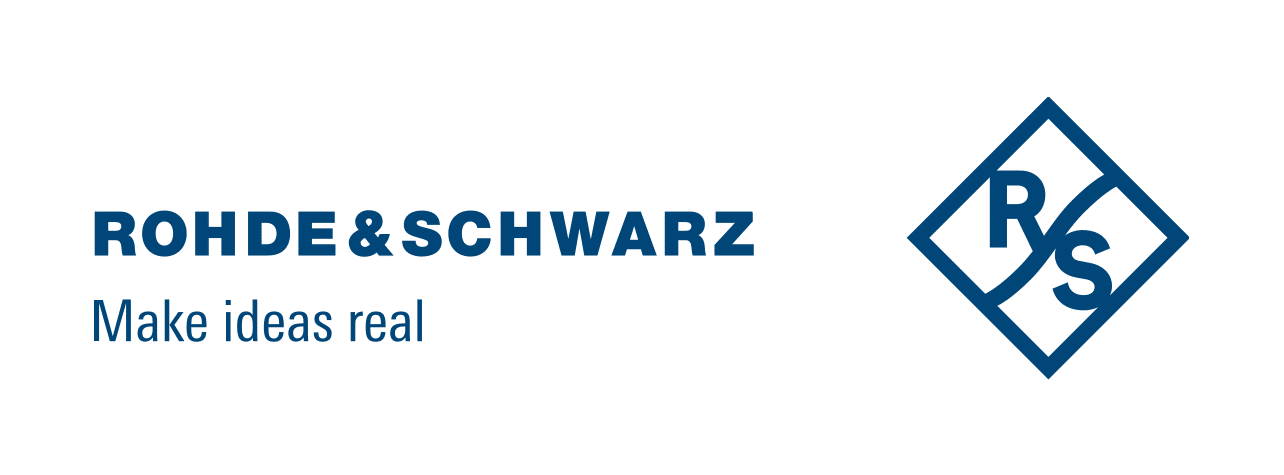
SDR-Software Defined Radio from Theory to Practice
Lecture by
Dr. Shmuel Miller
at the BMR2017 the Israeli Wireless symposium
Abstract
A Software-Defined-Radio (SDR) design methodology employing Matlab/Simulink, an RF front-end (FE) and a PC is presented and demonstrated. Analog and digital modulation receiver examples are used to facilitate the flexibility and effectiveness of this approach.
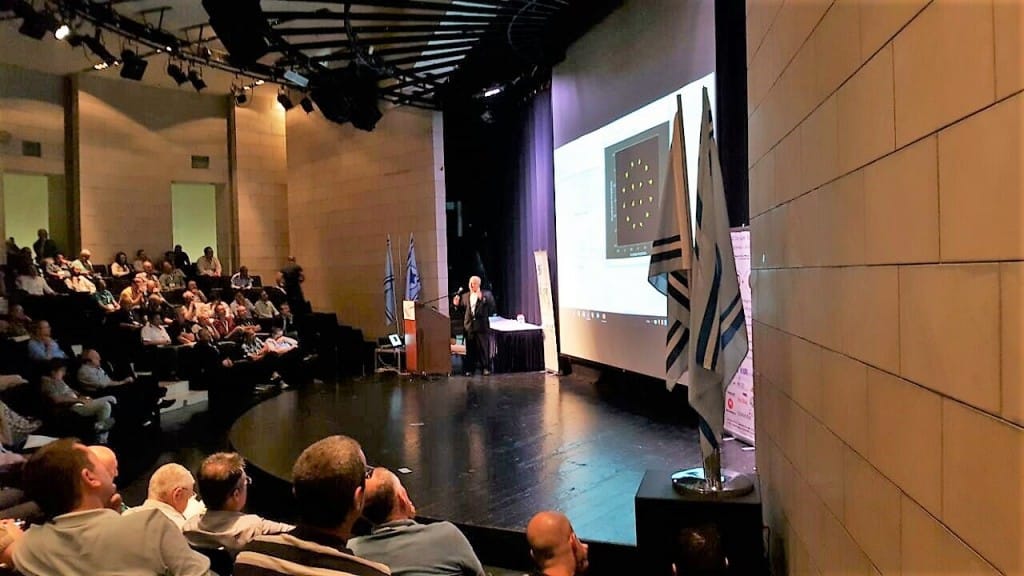
Hands-on Design Exercises-Simulation examples

16QAM constellation after shaped Tx, a noiseless channel and Rx matched-filter.
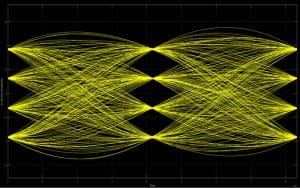
16QAM eye-pattern (I or Q diagrams are similar) after shaped Tx, a noiseless channel and Rx matched-filter.

16QAM Tx Spectrum, after RRC (root-raised cosine)
shaping with α=0.5.

16QAM constellation after shaped Tx, an additive-white Gaussian noise (AWGN) channel (Eb/No=13dB) and Rx matched-filter.
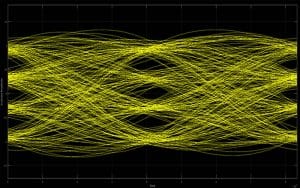
16QAM eye-pattern (I or Q diagrams are similar) after shaped Tx, an additive-white Gaussian noise (AWGN) channel (Eb/No=13dB) and Rx matched-filter.
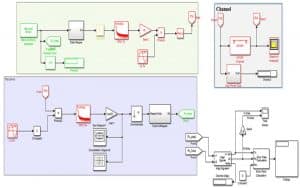
A Simulink overall block-diagram of a 16QAM
Tx – AWGN Channel – Rx system, and bit-error-rate (BER) measurement
Our Certification confirms your enhanced technical skills. This broad comprehension of diverse RF and Microwave topics will enrich your proficiency on diverse categories, including: design, system engineering, testing, SW and HW integration and validation.
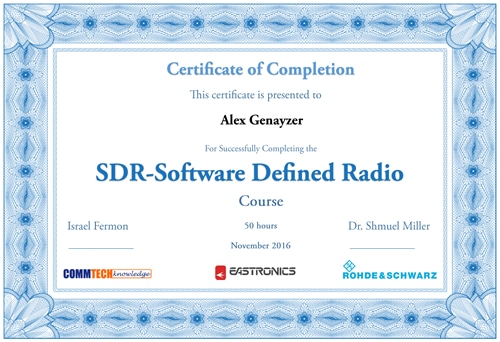
Software Defined Radio (SDR) - Course Overview
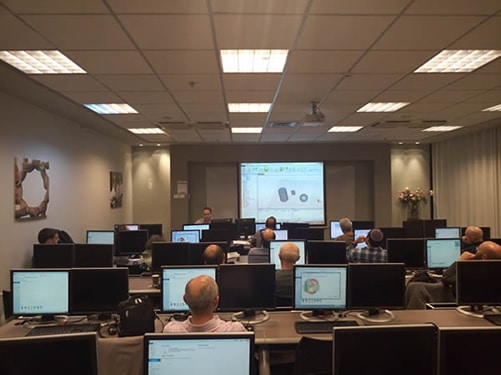
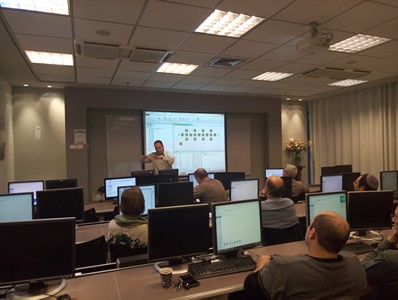
Microwave and RF design using Simulation software. Session conducted in a fully equipped computer class and includes practical hands on practicing
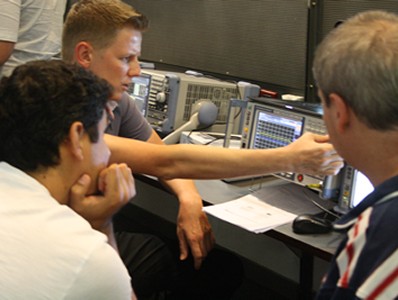
A series of thorough and broad hands-on tests accomplished with advanced state-of-the-art laboratory equipment
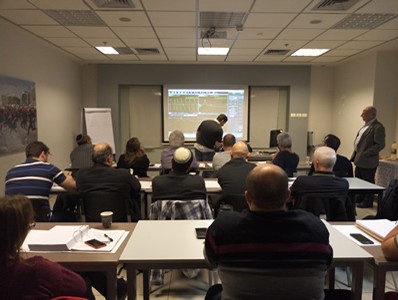
Spacious classroom, Well equipped, Pleasant atmosphere. Coffee and refreshments , Easy access location, Free parking
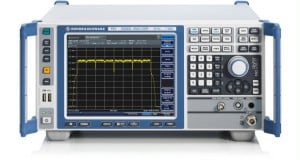
Lab tests:
- Power measurements by several detectors (incl. peak, ave. and RMS)
- Sensitivity measurements (for QAM and Pulse signals) with averaging (using varying BV and screens averaging)
- Phase noise measurement of a frequency source
- Measurement of NF (of an amplifier and SSBNF of a mixer)
- Peak-to-Average measurement (PAPR)
- Measurement of third-order intercept point (IP3) and SFDR
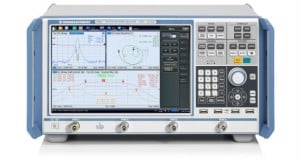
Lab tests:
- Basic calibration
- Improved calibration (suitable for reject band of filters)
- Measurement of BPF (S-parameters, Phase and delay response)
- Measurement of an Amplifier (AM/AM, AM/PM, 1dB comp., Harmonics)
- Measurement of load mismatch, and perform Single-Stub matching
- …
- …

Lab tests:
- Perform a broadband calibration (de-embedding)
- EVM tests
- Measurement of I-Q imbalance and IR (image-rejection)
- BER measurement
- Measurement PAPR of a detailed-QAM-constellation
- Measurement of BW and ACPR
- Measurement of emission mask-compliance for a WCDMA signal without and with an amplifier
Learning Management System (LMS)
Delivery of e-Learning content (including mobile), Assignments, Quizzes and Grades.
Administration, Documentation, Progress and Performance tracking, Assessment and extensive Reporting
Explore CommTech’s LMS wide range of features and available resources
Desktop, mobile, and tablet access
[nf-popup id=7662]




